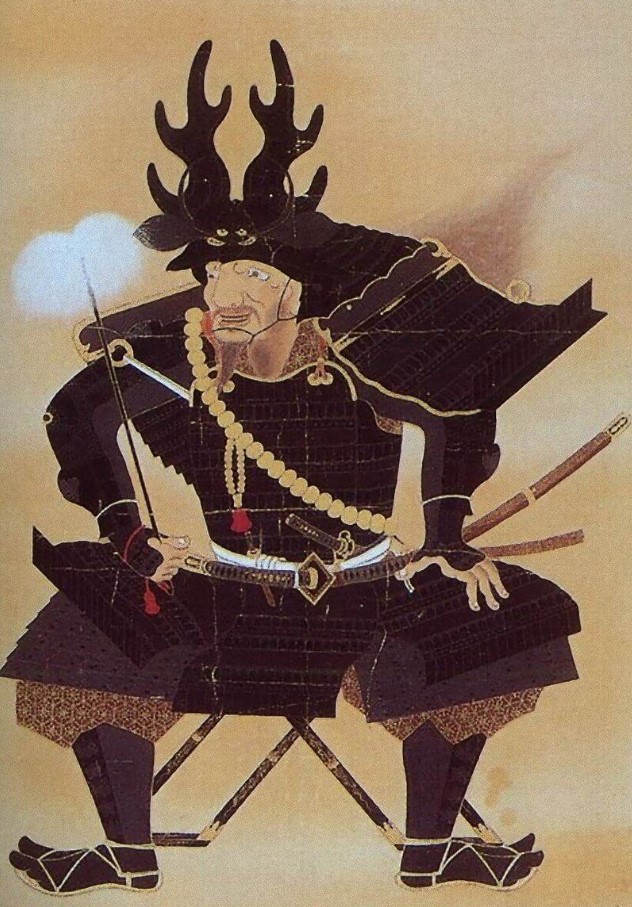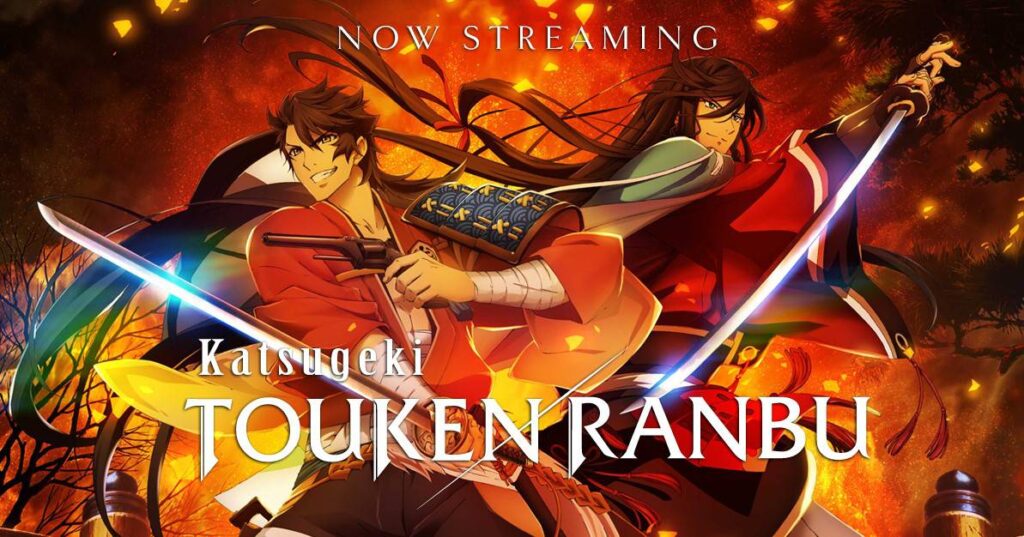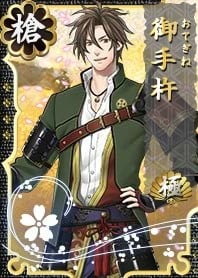The Legendary Three Great Spears of Japan
Japan has a rich history of legendary weaponry, and among the most iconic are the Three Great Spears of Japan. These spears, steeped in history and mythology, have captured the imagination of people for centuries. In this article, we will delve into the fascinating world of the legendary Three Great Spears and explore their historical significance.
Tonbokiri
The Tonbokiri is a legendary Japanese spear, one of three created by renowned swordsmith Fujiwara Masazane. It’s famously associated with the daimyō Honda Tadakatsu, a prominent general of Tokugawa Ieyasu. The spear’s name, Tonbokiri, means “Dragonfly Cutter,” and it originates from a myth where a dragonfly landed on its blade and was swiftly cut in two.
This legendary weapon is esteemed as one of the “three great spears” alongside Nihongō and Otegine, recognized in the Kyōhō Meibutsucho, a catalog of famous Koto blades compiled by the Hon’ami family during the Kyōhō era (1716–1735).
Honda Tadakatsu
Honda Tadakatsu was an illustrious samurai known for his loyalty and remarkable combat skills during Japan’s Sengoku period. Born in 1548 into the esteemed Honda clan, Tadakatsu served Tokugawa Ieyasu, who recognized his exceptional abilities. He rose from being the lord of Ōtaki Domain to the Kuwana Domain, with his son taking over Ōtaki.
In 1609, Tadakatsu retired, and his daughter, Komatsuhime, was married to Sanada Nobuyuki, while his grandson, Tadatoki, wed Tokugawa Ieyasu’s granddaughter, Senhime. Despite his years of loyal service, Tadakatsu gradually distanced himself from the Tokugawa shogunate as it transformed from a military to a civilian institution.
Tadakatsu was celebrated throughout Japan for his unbroken record of never suffering a significant wound in over 57 battles. Even influential figures like Oda Nobunaga and Toyotomi Hideyoshi praised his exceptional skills. He was often contrasted with Ii Naomasa, another of Tokugawa’s formidable generals, who was known for enduring numerous battle wounds. Tadakatsu’s military career included notable victories at the Battle of Anegawa, the Battle of Nagashino, and the Battle of Komaki, where he showed remarkable bravery.
His legend was not confined to his military achievements; his distinctive helmet with deer antlers and his prized spear, Tonbokiri (Dragonfly Cutter), which was said to be one of Japan’s “Three Great Spears,” further added to his reputation. Tadakatsu also wielded the Nakatsukasa sword, made by the renowned swordsmith Masamune.
Nihongo
Nihongo, also known as “Hinomotogo,” is a legendary spear believed to have been crafted during the late Muromachi period. It is currently housed in the Fukuoka City Museum in Sawara Ward, Fukuoka City. This remarkable spear, often referred to as the “Drinking Spear,” is one of the three most renowned spears worldwide.
Although unsigned, it is presumed to be the work of the Kinbo school in Yamato Province. Originally a possession of the imperial family, it held the rank of Shosanmi (Senior Third Rank). Emperor Ogimachi presented it to Yoshiaki Ashikaga, the 15th shogun of the Muromachi shogunate, and it subsequently passed through the hands of notable figures like Nobunaga Oda, Hideyoshi Toyotomi, and Masanori Fukushima.
Anecdotes surrounding the spear include an incident where a vassal, Tomonobu Morosato, representing the Kuroda clan, received the spear as part of a drinking challenge with Masanori Fukushima. This episode earned the spear its “Drinking Spear” moniker and was immortalized in the “Kuroda-bushi” narrative.
Over time, it changed hands, moving from one family to another, and was eventually donated to Fukuoka City Museum as part of the Kuroda family’s historical collection. Nihongo features a 79.2 cm blade embossed with a Kurikara dragon, and it weighs 2.8 kilograms, including the koshirae, which is currently made of Aogai Raden.
Otegine
Otegine, also known as Otegine no Yari, is a renowned spear, part of the famous “Tenka Sanyari” group of spears. Crafted during the Muromachi period by Harutomo Yuki, the daimyo of Yuki in Shimousa Province, it was later passed down to his adopted son, Hideyasu Yuki (the biological son of Ieyasu Tokugawa). It became an heirloom of the Maebashi/Kawagoe Matsudaira family.
The spear is exceptional due to its extraordinary size, featuring a blade length of 4 shaku 6 sun (138 cm) and a total length of 7 shaku 1 sun (215 cm), designed for thrusting. Crafted by Yoshisuke Gojo, a swordsmith from Shimada, Suruga Province, its impeccable craftsmanship is evident from the meticulously hand-forged grooves on the blade.
Its unique name is derived from the scabbard’s shape, resembling a pestle, which was traditionally a long, cylindrical tool. As a symbol of the Matsudaira family, the sheath was used during sankin-kotai as a horse seal and carried alongside the lord’s vehicle. It was described as a huge, bear hair-covered scabbard that could weigh over 10 “pieces” (37.5 kg) when soaked by rain during travel.
An interesting tradition held that the sheath predicted snowfall when pulled out. Unfortunately, during the Great Tokyo Air Raid in 1945, the scabbard, along with other Yuki clan treasures, was lost in a devastating fire.
Restoration efforts have been made, with one imitation spear created in 2003 and presented to Yuki City, Ibaraki Prefecture. In 2015, another imitation spear, based on more accurate dimensions, was exhibited in Higashimatsuyama City, Saitama Prefecture. An additional restoration was made by Naoyasu Matsudaira, the 17th head of the Matsudaira Yamato no kami family, in 2016 and dedicated to Maebashi Toshogu Shrine in Gunma Prefecture.
The Three Great Spears in Pop Culture
Katsugeki/Touken Ranbu
Katsugeki/Touken Ranbu is a Japanese anime series produced by Ufotable and Aniplex, based on the video game Touken Ranbu. The series aired from July 1 to September 23, 2017, and a theatrical film project is currently in production.
The plot is set in 1863, during Japan’s split between pro-shogunate and anti-shogunate factions. Izuminokami Kanesada is a “Sword Warrior” (Tōken danshi), a tsukumogami brought to life by the Saniwa. Along with new recruit Horikawa Kunihiro and other allies, they pursue the “Time Retrograde Army” (Jikan sokōgun) to recover a mysterious cargo capable of altering history, fighting to maintain the correct course of time.
Tonbokiri, a character in Touken Ranbu, possesses a design only loosely connected to its former owner, Honda Tadakatsu. It predominantly features his strong physique and stamina, attributes reminiscent of the warrior himself. In the game, Tonbokiri has exceptional survival stats.
Additionally, the character includes Tadakatsu’s loyal companion, Mikuniguro, a horse that accompanied him in every battle until its demise during the Battle of Sekigahara. In Touken Ranbu, Mikuniguro is represented as horse #02.
Tonbokiri is a notable exception among swords made by blacksmiths of the Muramasa school, known for bringing bad luck to the Tokugawa clan. Many Muramasa swords were used in the killing of Tokugawa’s vassals and soldiers, and even Tokugawa Ieyasu himself was wounded by one. However, Tonbokiri is an unusual case, as it has been quite useful to the Tokugawa family.
Notably, Tonbokiri’s chest bears marks in Siddham script (bonji), which can be read from top to bottom as “ka,” “kiriku,” and “sa.” These scripts are associated with Buddhist figures, namely Jizô Bosatsu (earth), Amida Nyorai (pure light), and Kanzeon Bosatsu (mercy), each reflecting a specific motif in Japanese Buddhism.
Nihongou, one of the Three Great Spears, shares a saying with his comrade Otegine: “there is the Kuroda with Nihongou at the west, and there is the Matsudaira with Otegine at the east.” In fanart, Nihongou is often depicted enjoying sake with Jiroutachi.
Some artworks feature Nihongou with Heshikiri Hasebe and Hakata Toushirou, forming the Kurodagumi, based on historical sword owners. There’s a Japanese folk song named “Kuroda Bushi” that mentions Nihongou. He wears a jumpsuit with wisteria flower details, symbolizing the Kuroda family, and a crest that resembles the Fukushima family’s emblem.
Otegine is one of the Three Great Spears of Japan, forged by Gojou Yoshisuke in Suruga Province, Shimada. It earned its name from the shape of its scabbard, resembling an ancient Japanese pestle.
Some legends claim that it once held the heads of ten soldiers, making it resemble a pestle. The triangular shape of its blade cross-section makes it ideal for stabbing rather than cutting, making it more suitable as a ceremonial horse insignia in both battle and Sankin-Koutai ceremonies.
Conclusion
The Three Great Spears of Japan, including Tonbokiri, Nihongō, and Otegine, are not only exceptional examples of masterful craftsmanship but also embody the tales of the warriors who wielded them.
These spears have left a lasting legacy in Japanese history and culture, from their origins in the Sengoku period to their representation in modern pop culture. As we reflect on these legendary weapons, we gain a deeper understanding of Japan’s martial heritage and the enduring appeal of its storied past.





